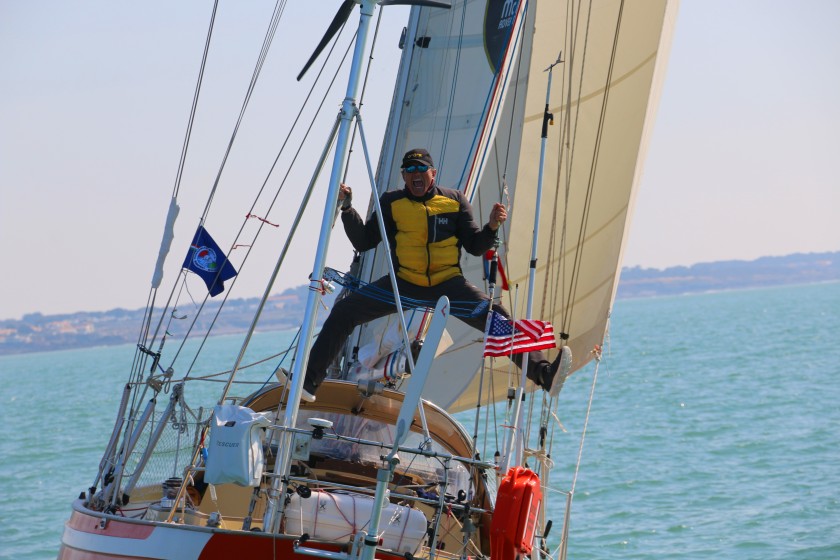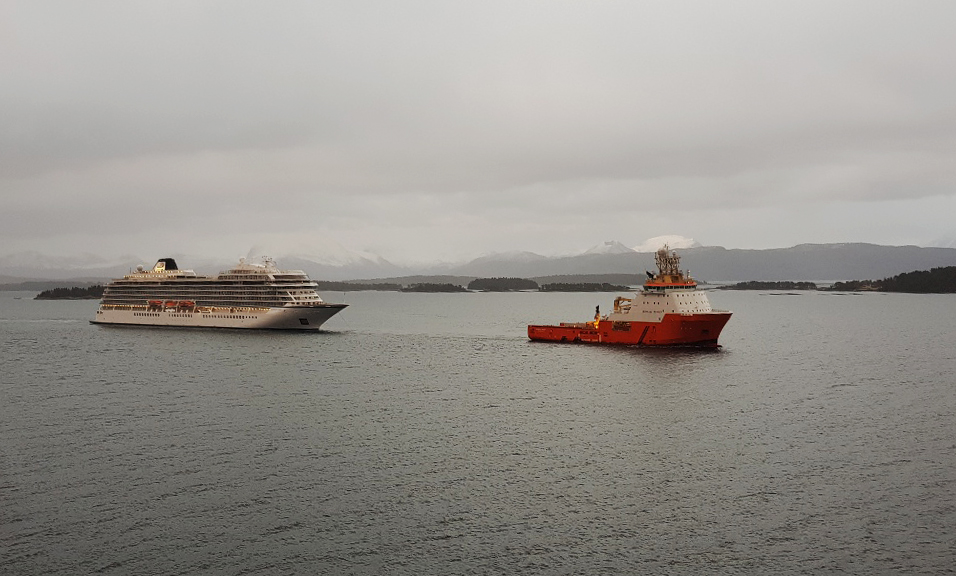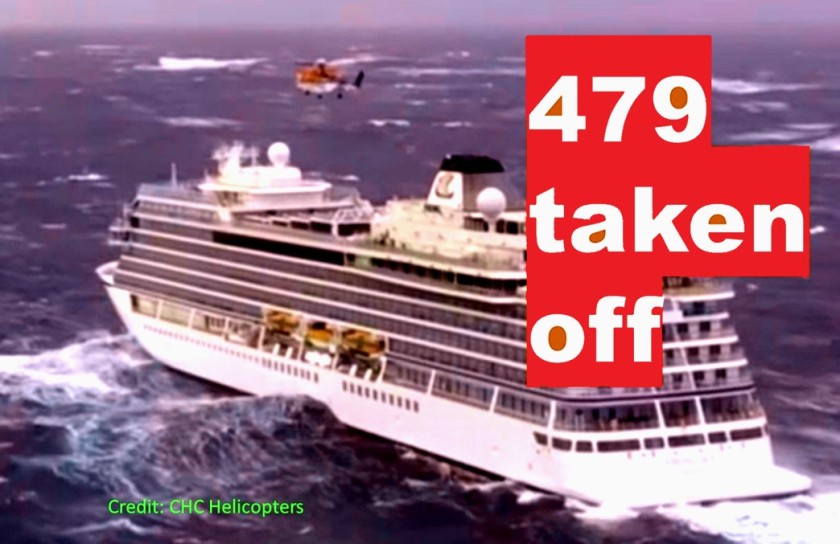https://www.podbean.com/media/share/pb-8565e-ac67d7
John Martin III sailed across the frigid Bering Sea in a 8-foot Walker Bay sailing dinghy. He landed in Siberia after 14 days at sea when wild currents pushed him wildly off course. He planned to sneak into China after sailing down the Yukon River. First he sailed the Tanana River. He departed his native Anchorage, Alaska in the tiny rowing sailboat. He worked his way up the rivers to the Yukon before departing for his wife and son in China. Martin lacked a passport because of his past brushes with the law. He was forced to land in Siberia to avoid being sucked into the Arctic Ocean. After a dangerous beach landing in Lavrentiya in the remote Chukotka region of Russia on August 1, 2018, after 14 days he was detained by Russian authorities for several months before being deported back to his native Alaska. That is where he gave this exclusive interview to Slow Boat Sailing. Photos of his trip were reproduced with John Martin’s webpage http://www.nooceantoowide.com. He plans to write a book of his story.
Did low oil pressure cause the Viking Sky to nearly sink? The Norwegian Maratime Authority (NWA) has issued their findings on why the 2-year old, 749-foot Viking Sky cruise ship lost all diesel engine power on Saturday, March 23, 2019. The engine oil pressure got too low due to up to 26-foot seas on the rocky southern Norway coast. Only anchors hastily deployed saved the 1,379 people onboard from abandoning a sinking ship hundreds of meters from the rocks. 479 people were airlifted off the boat.
1,373 lives were in the balance on the 749-foot cruise ship Viking Sky. After losing all its engines on March 23, 2019, signalling a “Mayday” distress call, and anchoring off a lee shore in 6-to-8-meter waves and gale force conditions, several engines were working on March 24, 2019. The Viking Sky launched in 2017.
The MV Hagland Captain a 300-foot cargo ship had to be abandoned by all 9 crew due to engine failure. The rescue of the Hagland Captain crew by helicopter delayed the air lift of the guests of the MV Viking Sky.
Over half of its 915 passengers were air lifted by CHC Helicopters and the Southern Norway rescue services (Hovedrningssentralen) on March 23 ,to March 24. MV Viking Sky arrived in Molde, Norway at 16:30, on Sunday, March 24, 2019.
Istvan Kopar went from last (13th place) to 4th place from day 27 to day 263 of the 2018 Golden Globe Race. The Hungarian-American solo sailor battled broken steering, busted windvanes, lost log lines, broken radios, and peeling fingernails to best 14 other competitors at the start of the the 2018 Golden Globe Race (GGR). The GGR 2018 is a retro race that bans the use of satellite phones and GPS navigation. Kopar got a 24-hour time penalty added to his 263 days at sea because of an unsanctioned stop and sat phone use. All the first four finishers of the sailboat race for full-keel yachts of 32-to-36 feet long have been penalized for breaking the retro rules of the yacht race.

Istavan Kopar celebrates his fourth place finish in the 2018-2019 Golden Globe Race; Photo credit: Jane Zhou/GGR/PPL
10.25.2017
Video by Petty Officer 3rd Class Jonathan R Clay
Commander, Amphibious Force 7th Fleet
USS Ashland (LSD 48) renders assistance to two distressed American mariners in the Pacific ocean, Oct. 25, whose sailboat had strayed well of its original course. Ashland was operating in the Indo-Asia-Pacific region on routine deployment when the received the message to help.
The Slow Boat Sailing t-shirts and mug are at
Support the videos at
http://www.Patreon.com/slowboatsailing
On the Slow Boat Sailing Podcast Linus Wilson has interviewed the crew of Sailing SV Delos, WhiteSpotPirates (Untie the Lines), Chase the Story Sailing, Gone with the Wynns, MJ Sailing, Sailing Doodles, SV Prism, Sailing Miss Lone Star, and many others.
Get Linus Wilson’s bestselling sailing books:
Slow Boat to the Bahamas
Slow Boat to Cuba
https://gumroad.com/l/cubabook
and How to Sail Around the World-Part Time
https://gumroad.com/l/sailing
have been #1 sailing ebook bestsellers on Amazon.
You can get the full audiobook of Sailing to Treasure Island by Captain John C. Voss. at
http://www.Patreon.com/slowboatsailing
SAILING TO TREASURE ISLAND: The Cruise of the XORA (Annotated) by Captain J.C. Voss
The paperback at
or the eBook at
http://www.lulu.com/shop/captain-jc-voss/sailing-to-treasure-island-the-cruise-of-the-xora/ebook/product-23887490.html
or audiobook
https://www.audible.com/pd/B07LC35H18/?source_code=AUDFPWS0223189MWT-BK-ACX0-136779&ref=acx_bty_BK_ACX0_136779_rh_us
Get the paperback or eBook
Sailing the Ogre: The Log of a Woman Wanderer (Annotated)
by Mabel M. Stock
at
or the audiobook at http://www.Patreon.com/slowboatsailing
or audible
https://www.audible.com/pd/B07N7LT2DQ/?source_code=AUDFPWS0223189MWT-BK-ACX0-140980&ref=acx_bty_BK_ACX0_140980_rh_us
Associate Producers Larry Wilson, Kevin Yager, and Rick Moore (SSL).
Sign up for our free newsletter for access to free books and other promotions at http://www.slowboatsailing.com
Copyright Linus Wilson, Oxriver Publishing, Vermilion Advisory Services, LLC, 2019










